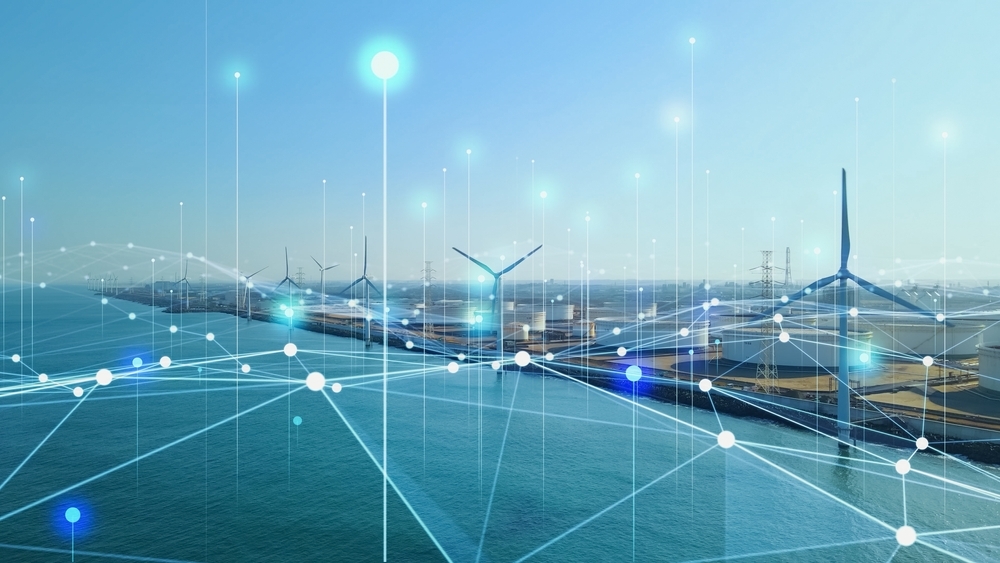Research suggests breakthrough technologies over the next decade are needed for the transition to succeed
In an article for the MIT Technology Review, Varun Sivaram, a senior director for clean energy and innovation for US special presidential envoy for climate John Kerry argues that a number of breakthrough technologies would need to rapidly scale from labs to mass deployment over the next decade. Sivaram, writing in his personal capacity, argues that “clean energy technologies in the electric power, transportation, industry, and building sectors will drive this change, because the use of fossil fuels in these areas causes three-quarters of global greenhouse-gas emissions. We’ll also need technologies to slash emissions from agriculture and deforestation and to remove carbon dioxide from the atmosphere and store it”. However, according to Sivaram there are also challenges to tackle such as expected costs of these technologies which, under conditions of limited research and development funding could constrain the ability to deploy solutions at scale.




